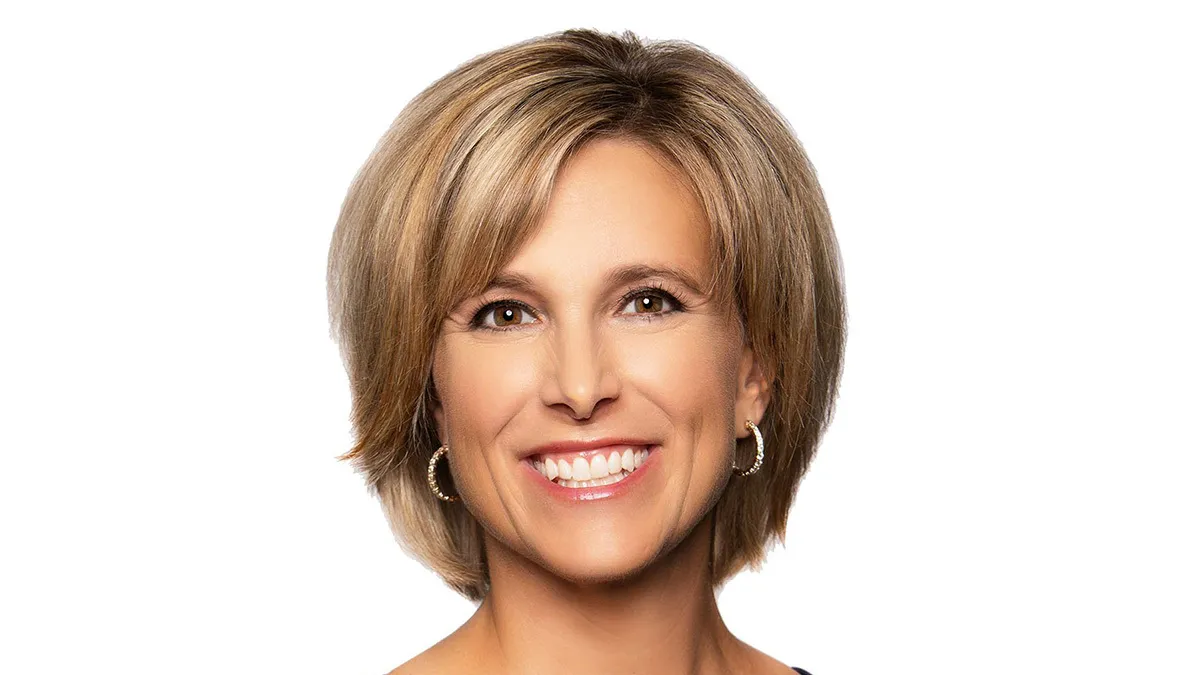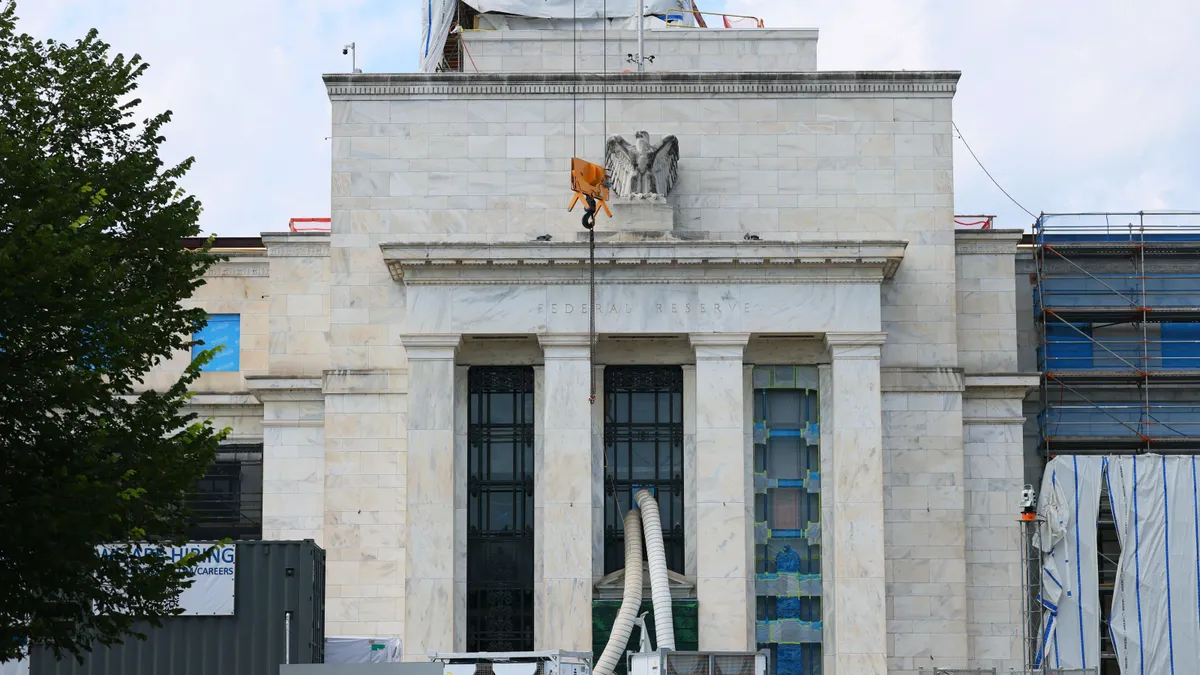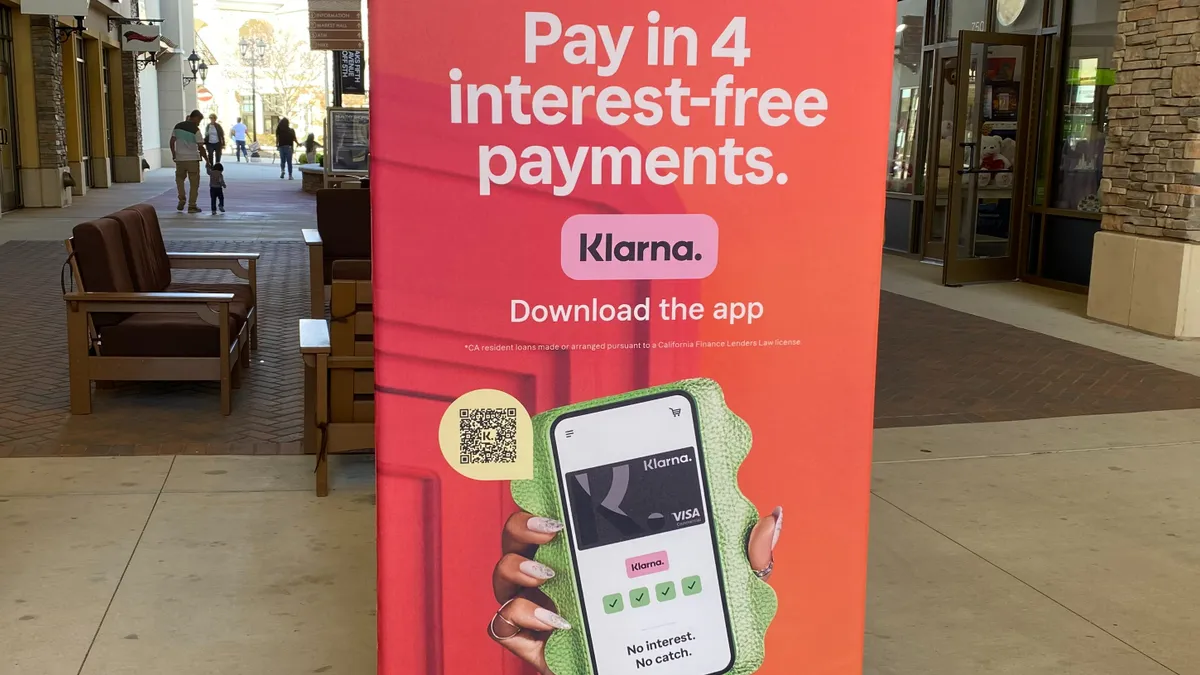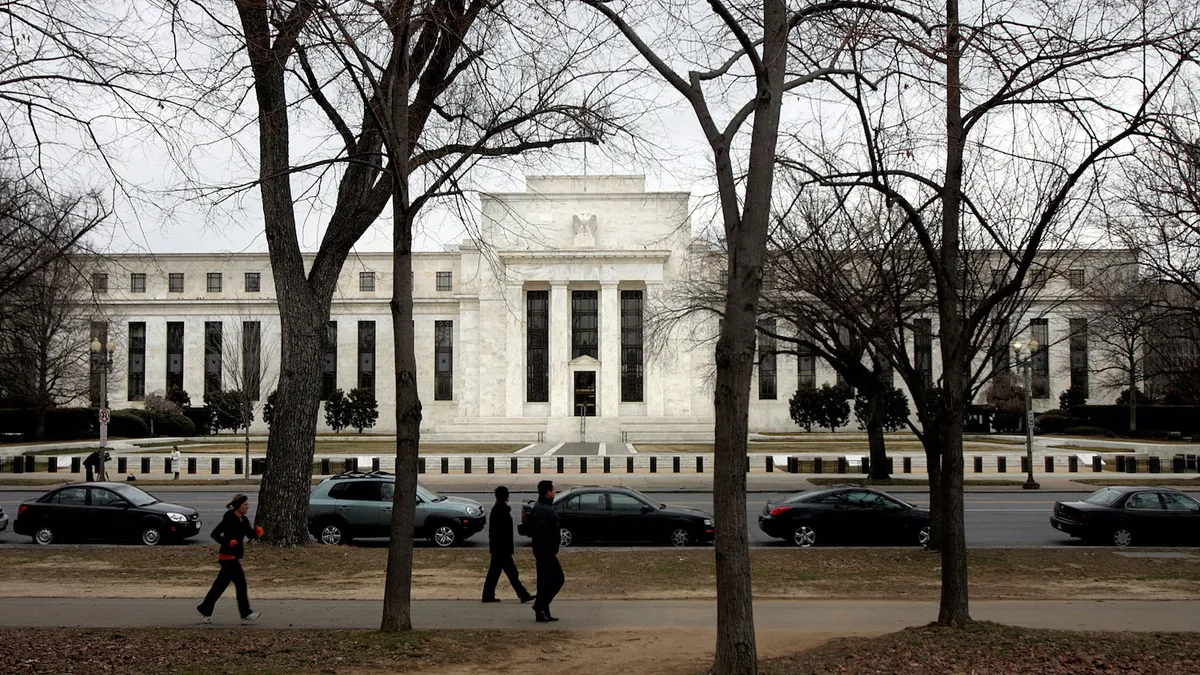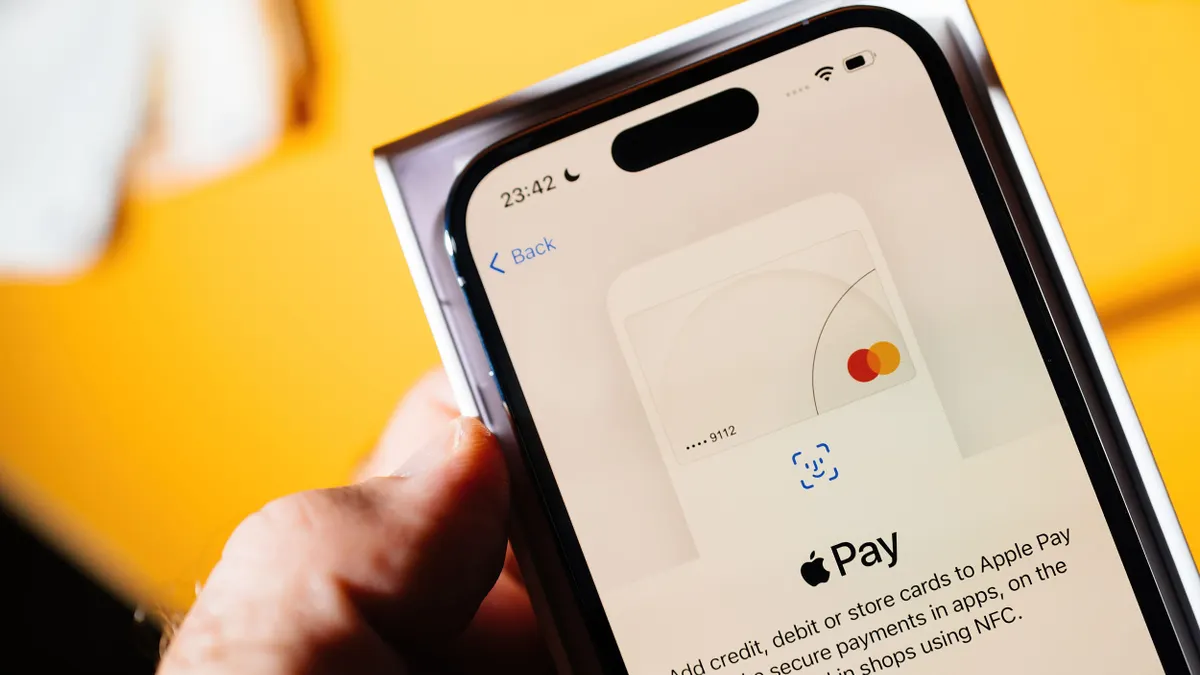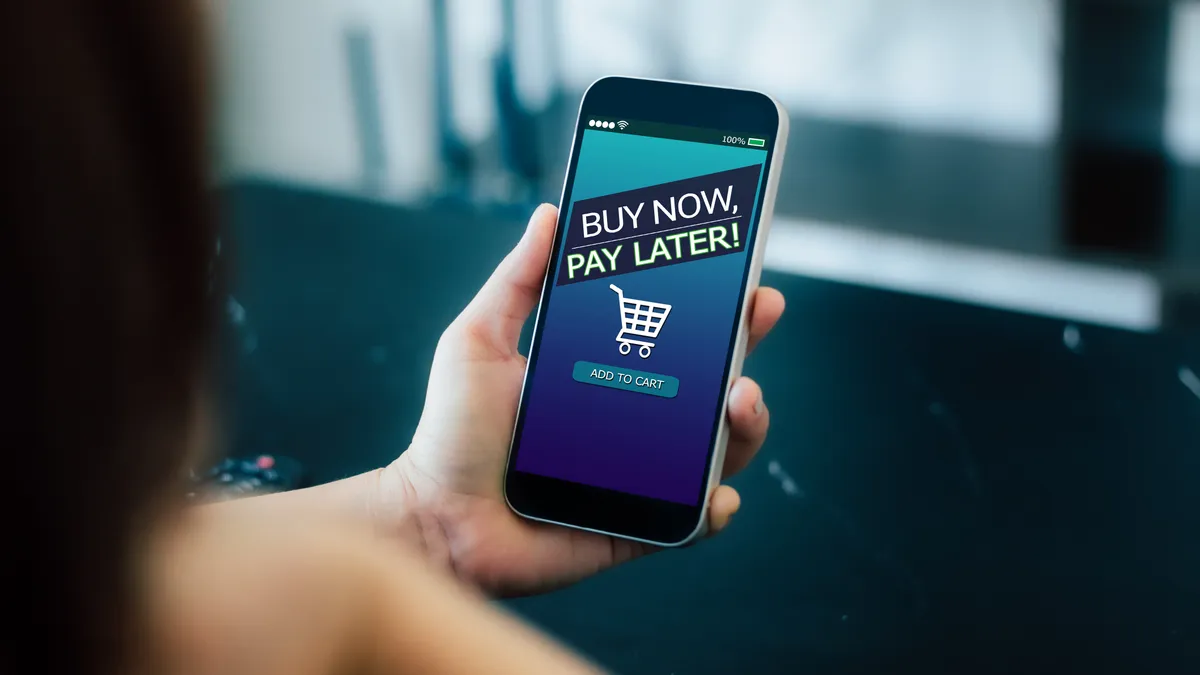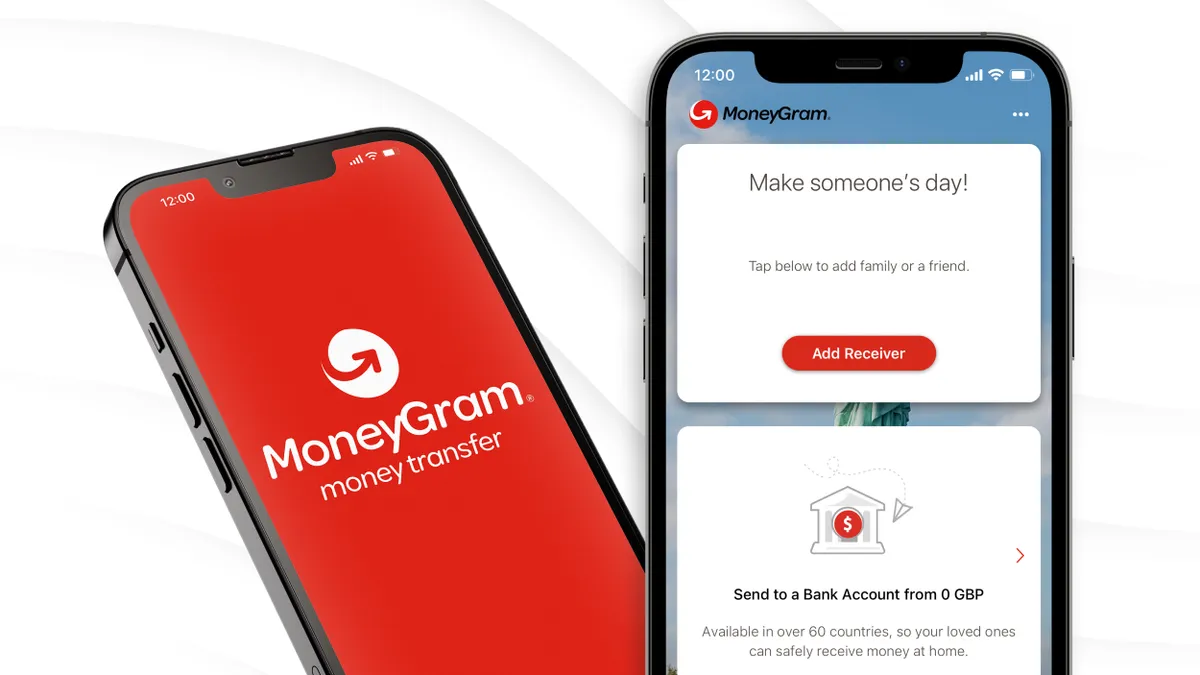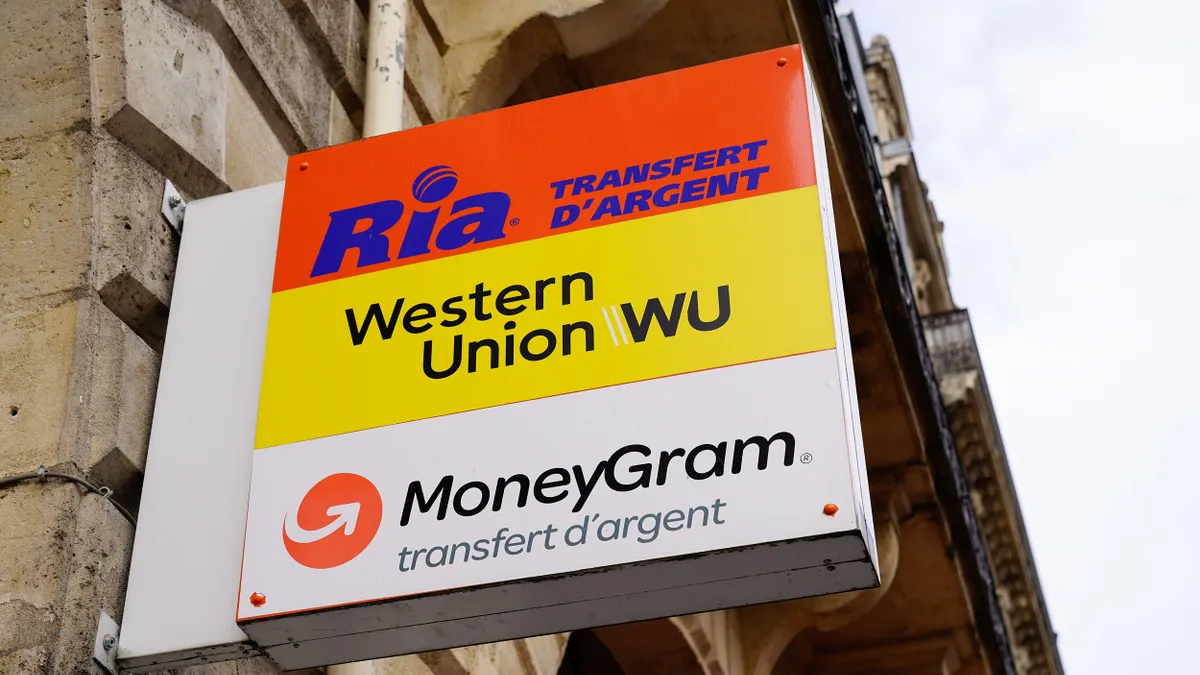Peer-to-peer money transfer platforms have made sending a payment to personal contacts fast and easy, but the business payment ecosystem lags. While paper checks are being outpaced by electronic payments, they still account for a significant proportion of business-to-business (B2B) payments. Checks were used for 42% of B2B payments, the 2019 AFP Electronic Payments Survey found.
Checks are expensive and labor-intensive, compared with digital payments, and take more time to process. They’re also targets for fraud, accounting for 47% of the $1.3 billion in industry deposit account fraud losses in 2018, American Bankers Association research indicated. However, checks also allow documents and data to be exchanged along with the payment, fulfilling a critical business need.
In recent years, BNY Mellon has been working to embed these capabilities within the digital B2B payment ecosystem, ensuring payments are quick, secure and allow for documentation to be exchanged alongside the transactions.
"There's a couple of layers that we typically think of before the payment is even processed, and this is where the fraud and the risk mitigation comes into play," said Carl Slabicki, head of strategic payment solutions at BNY Mellon Treasury Services. "There's a tremendous need in the market for better upfront pre-validation and fraud mitigation capabilities, versus what I'll call just sending a payment blind out into the market."
The objective is to ensure corporate and institutional clients can authenticate the bank information from a party, and to offer options beyond legacy payment methods. The bank integrated two new tools to help achieve this end. It added Bottomline Technologies' Paymode-X in 2015, and was one of the first two banks to go live with The Clearing House’s Real-Time Payments (RTP) network in 2017. The following year, it became the first reseller of Zelle disbursements to other institutions.
Analysts contend that, among B2B payment providers, the race is on to develop payment experiences that mirror consumer ones, but with the added security and documentation that businesses require.
"In the market for B2B payments, there is a push and a demand to duplicate the ease of the consumer experience on the business side, moving away from checks to electronic payments, and being able to take advantage of payment capabilities in the market that provide more predictable and quicker settlements, cleaner reconciliations of the payments, even automation on the payable side," said Erika Baumann, senior wholesale banking analyst at Aite Group.
As a "bank of banks," BNY Mellon also offers these tools to other institutions on a white-label basis.
Embedded workflows
Financial Institutions that hold 70% of demand deposit accounts have access to real-time payments capabilities through the RTP network, according to The Clearing House. RTP’s 24-hour, 7-day-a-week operations make it a compelling challenger to legacy payment methods.
BNY Mellon said it’s seeing strong RTP adoption, but didn't offer specific figures, saying it’s working with other banks, corporate clients and fintech partners on its RTP rollout.
The bank is working with partners on request-for-payment e-bill pilots, in which a client sends an e-bill to a customer over the RTP network through a request-for-payment message, and the payer logs in to their banking app and is able to pay the bill instantly, Slabicki said. The bank’s clients are at various stages of adoption, with some using its application programming interface framework to build experiences on top of it, he said.
For disbursements, the bank is offering clients Zelle and Paymode-X. Zelle supports disbursements to consumers and small businesses, while PayMode-X is used for business transactions, BNY Mellon said.
While Zelle is primarily known as a consumer money-transfer platform, it also lets businesses such as insurers, health care providers and educational institutions, pay their customers with email addresses and phone numbers. Zelle’s parent company, Early Warning, undertakes risk management planning to confirm the identity of the end user. As of October, financial institutions can settle certain Zelle payments over the RTP network.
"Zelle and Paymode-X are great opportunities to help our clients make that paper-to-digital leap," Slabicki said.
The rollout of Zelle and Paymode-X, however, is not expected to completely replace Automated Clearing House (ACH) payments, which have been growing in popularity. Commercial ACH volume grew by 9.6% in the third quarter of 2020, compared with the same quarter last year, according to data from the National Automated Clearing House Association. Meanwhile, the number of same-day ACH payments grew 41% year over year.
ACH will continue to be a cornerstone of BNY Mellon’s payments ecosystem, especially with the growth of same-day ACH capabilities and a third settlement window coming into effect in 2021 that will allow for processing later in the day. From the bank’s perspective, same-day and next-day ACH settlement options are part of a holistic payable and receivable strategy.
"ACH is often used as a default in many cases for accounts which cannot be reached via the RTP network," Slabicki said.
BNY Mellon in 2016 became one of the first global banks to onboard the Society for Worldwide Interbank Financial Telecommunication’s global payments initiative, or SWIFT gpi, to enhance speed and transparency of cross-border transactions. Cross-border payments typically go through the correspondent banking system, which can be costly, time-consuming and result in unexpected fees. With the SWIFT gpi system, transactions settle faster (within a day, and often within minutes) and clients can pinpoint exactly where a payment is in the process.
"We literally let them track it like a package," Slabicki said. "They can see at what step in real time the payment is at, its status and how far down it is in the chain."
SWIFT is also working on account pre-validation capabilities, and the bank is working on early pilots to ensure the payment is going to the correct account owner and to minimize the number of transactions that don’t go through, Slabicki added.
The competitive landscape
BNY Mellon said it’s an ongoing challenge to continue to stay on top of the newest tools in a rapidly evolving payments space. To that end, the bank is watching the role of blockchain and digital assets in improving cross-border payment efficiency.
"From a payments perspective, we're ultimately saying, 'What can make a payment move safer, more predictable, faster, and provide more transparency to the parties involved?'" Slabicki said. "Whether it's a distributed ledger technology that can do that, or whether it's a digital currency that can do that, we’re openly exploring all of these."
The bank has stayed ahead of the market through the breadth of its offerings and a desire to incorporate new tools, analysts said.
"It was around the 2010 time period when they realized that the [B2B payments] infrastructure really needed to change, and that goes along with their participation in the Faster Payments Council, and being an early adopter of The Clearing House," said Krista Tedder, head of payments at Javelin Strategy & Research.
Competitive pressure from payment providers, such as Visa, Mastercard and Ripple, motivate BNY to continue to innovate on B2B payments. The possibility that fintechs such as Square, PayPal and SoFi-owned Galileo may embed themselves deeper into the B2B payments sphere is also likely pushing the bank to stay ahead of the curve, Tedder said.
Others note that BNY Mellon's moves are part of an effort to move the needle on industry standards for B2B payments, whether domestic or international.
"They recognize that this is not a one-person, 'How can I differentiate and displace all of my competitors [approach],'" Baumann said. "BNY Mellon is focused on moving the industry forward with these technologies. Getting ubiquity around some of these solutions is so important."






